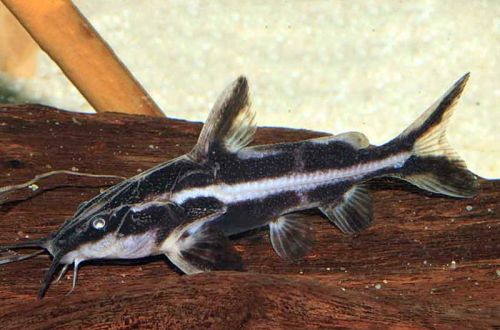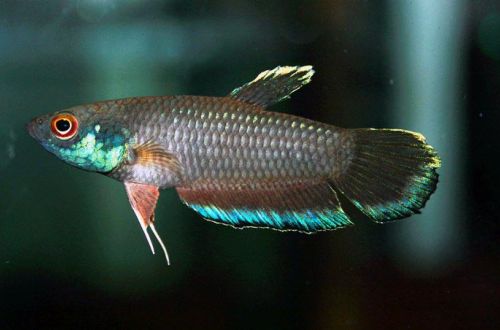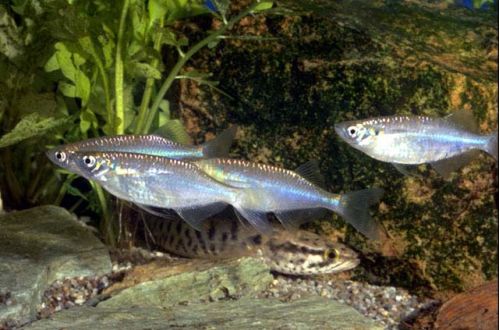
Ribbon platidoras
Ribbon Platidoras or Platidoras Orinoco, scientific name Orinocodoras eigenmanni, belongs to the family Doradidae (Armored). Catfish is native to South America from the Orinoco River Basin in Venezuela.

Description
Adult individuals reach a length of up to 20 cm. Outwardly, it is almost identical to the usual Platidoras and differs in the following morphological features: the head is more pointed, the eyes are smaller, and the adipose fin is longer.
The coloration and body pattern of both catfish are similar. The predominant color is dark brown or black with a pattern of white stripe stretching from head to tail. The edges of the fins are also light.
Platidoras Orinoco is reliably protected from small predators by hard body covers resembling sandpaper to the touch, and sharp spikes – modified first rays of fins.
Behavior and Compatibility
Peace-loving calm fish, prefers to be in a group of relatives. It gets along well with other non-aggressive catfish and other species.
Due to its omnivorous nature, smaller aquarium neighbors can also get into the diet of this catfish. For this reason, you should not combine it with small fish and fry.
Brief information:
- The volume of the aquarium – from 250 liters.
- Temperature – 22-27°C
- Value pH — 6.0–7.8
- Water hardness – 5–15 dGH
- Substrate type – any
- Lighting – subdued
- Brackish water – no
- Water movement – light or moderate
- The size of the fish is up to 20 cm.
- Food – any sinking food
- Temperament – peaceful
- Content – alone or in a group
Maintenance and care, arrangement of the aquarium
The optimal size of the aquarium for a group of 2-3 catfish starts from 250 liters. The decoration focuses on the lower tier, where Platidoras Orinoco spend a significant part of his life. It is recommended to combine free areas with appropriately sized hiding places, such as piles of large snags. Safe for plants. Nevertheless, it is worth placing only hardy species with a well-developed root system, or those that are able to grow on the surface of snags, stones.
Relatively easy to maintain. Perfectly adapts to various conditions. Aquarium maintenance is standard and consists of such mandatory procedures as weekly replacement of part of the water with fresh water, removal of organic waste and equipment maintenance.
Food
An omnivorous species, it eats everything it finds on the bottom. The basis of the daily diet can be popular dry sinking food in combination with live or frozen bloodworms, small earthworms, pieces of shrimp, mussels. Unlike most catfish, it feeds not only in the evening and at night, but is also active during the day in search of food.





